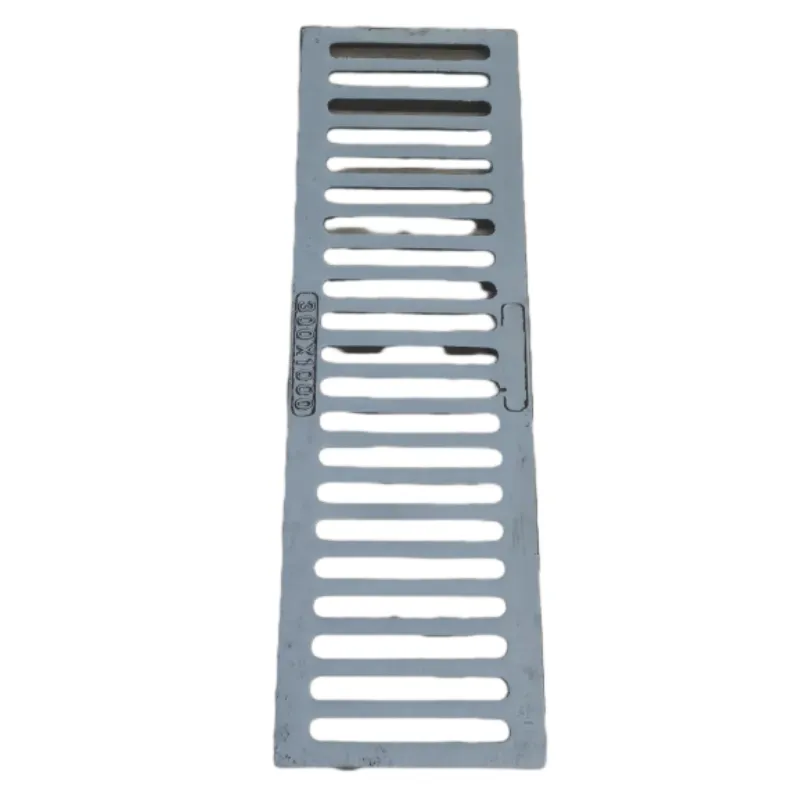high pressure butterfly valve
Understanding High Pressure Butterfly Valves Design, Applications, and Advantages
Butterfly valves are essential components in various industrial applications, particularly in controlling the flow of liquids and gases. Among the many types of butterfly valves, high pressure butterfly valves play a crucial role in environments where fluids are transported and manipulated under significant pressure. This article explores the design, applications, and advantages of high pressure butterfly valves, shedding light on their importance in modern engineering.
Design Fundamentals
High pressure butterfly valves are designed to operate effectively in systems that handle fluids at elevated pressures, typically ranging from 150 psi to as much as 5,000 psi or more, depending on the application. The fundamental component of these valves is the circular disc or disc-like plate that pivots around a central axis to either allow or restrict fluid flow. When the valve is fully closed, the disc is positioned perpendicular to the flow, creating a tight seal. Conversely, when the valve is fully open, the disc is parallel to the flow, allowing maximum fluid passage.
The construction of high pressure butterfly valves is robust, often utilizing materials such as stainless steel, carbon steel, and other alloys capable of withstanding corrosive environments and high pressure. The use of high-quality seals and gaskets further enhances their performance, ensuring minimal leakage and effective operation over time.
Applications
High pressure butterfly valves are widely used across various industries, including
1. Oil and Gas In oil and gas pipelines, high pressure butterfly valves regulate the flow of crude oil, natural gas, and refined products. Their ability to maintain a strong seal under high pressure makes them ideal for this sector.
2. Water and Wastewater Management These valves are prevalent in water treatment facilities and sewer systems, where they help manage the flow of water and waste under significant pressure.
3. Chemical Processing In chemical plants, high pressure butterfly valves control the flow of reactive and often hazardous fluids. The ability to handle high pressure while ensuring safety makes these valves invaluable in chemical processing.
high pressure butterfly valve

5. HVAC Systems In heating, ventilation, and air conditioning systems, high pressure butterfly valves manage airflow and maintain system efficiency.
Advantages of High Pressure Butterfly Valves
High pressure butterfly valves offer a range of advantages that contribute to their widespread adoption in various industries
1. Compact Design Unlike other types of valves, butterfly valves feature a lightweight and compact design, allowing for easy installation in tight spaces. Their streamlined structure contributes to reduced overall system size and weight.
2. Low Pressure Drop When fully opened, butterfly valves present minimal resistance to flow, resulting in a low pressure drop across the valve. This characteristic enhances system efficiency and reduces energy consumption.
3. Quick Operation Butterfly valves can be opened and closed rapidly, making them ideal for applications that require fast response times, such as emergency shutdowns.
4. Durability Constructed from high-quality materials, these valves are built to withstand harsh operating conditions, reducing the need for frequent maintenance and replacement.
5. Versatility High pressure butterfly valves can handle various media, including corrosive liquids, gases, and slurries, making them suitable for diverse applications across multiple industries.
Conclusion
High pressure butterfly valves are critical components in a variety of industrial processes. Their unique design, robust materials, and numerous advantages make them an ideal choice for applications involving elevated pressures. As industries continue to evolve and demand more efficient fluid control solutions, high pressure butterfly valves will undoubtedly play a pivotal role in ensuring safe and reliable operations. Understanding their functionality and applications is essential for engineers and professionals working in sectors that rely on these vital components.
-
The Smarter Choice for Pedestrian AreasNewsJun.30,2025
-
The Gold Standard in Round Drain CoversNewsJun.30,2025
-
The Gold Standard in Manhole Cover SystemsNewsJun.30,2025
-
Superior Drainage Solutions with Premium Gully GratesNewsJun.30,2025
-
Superior Drainage Solutions for Global InfrastructureNewsJun.30,2025
-
Square Manhole Solutions for Modern InfrastructureNewsJun.30,2025
-
Premium Manhole Covers for Modern InfrastructureNewsJun.30,2025
